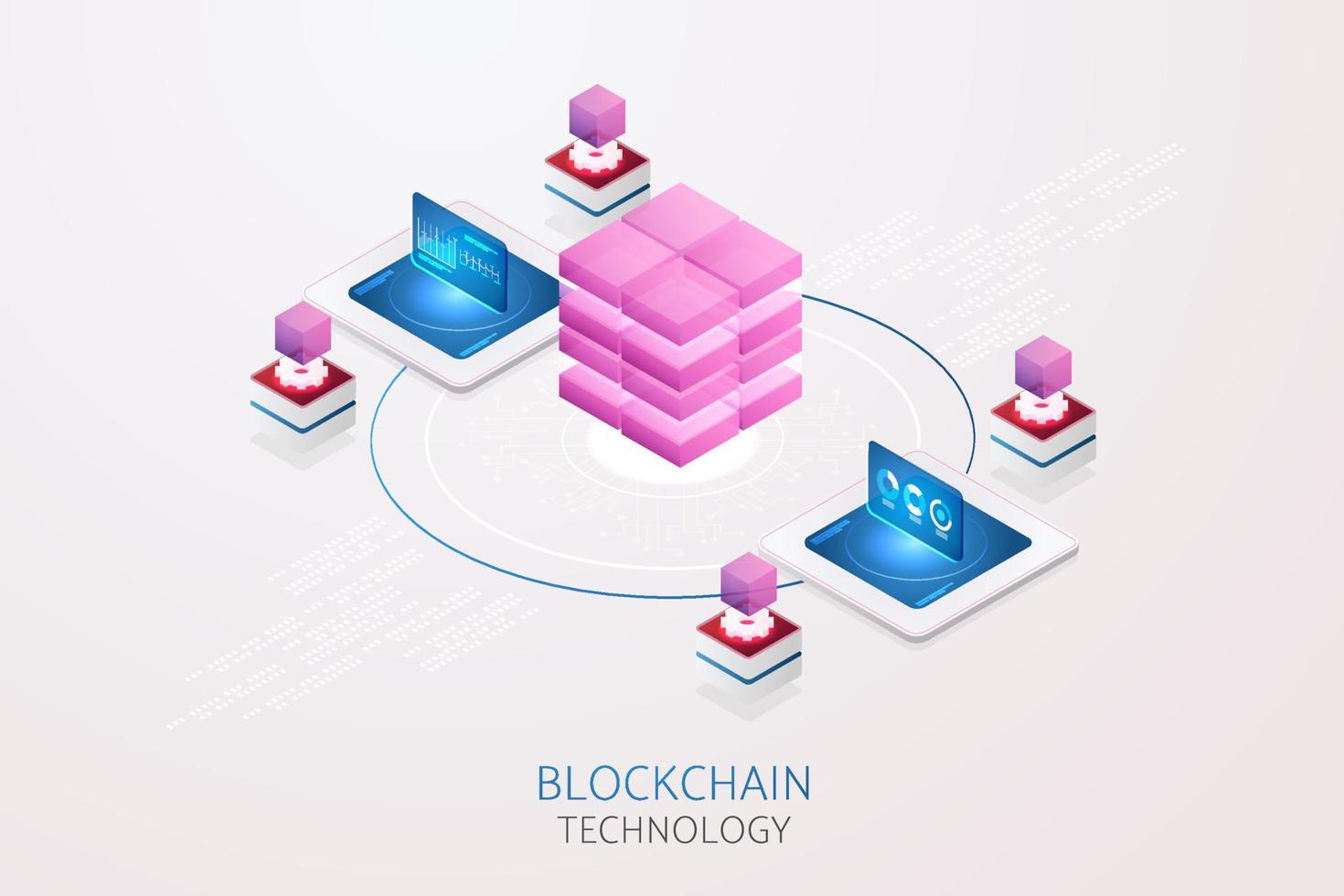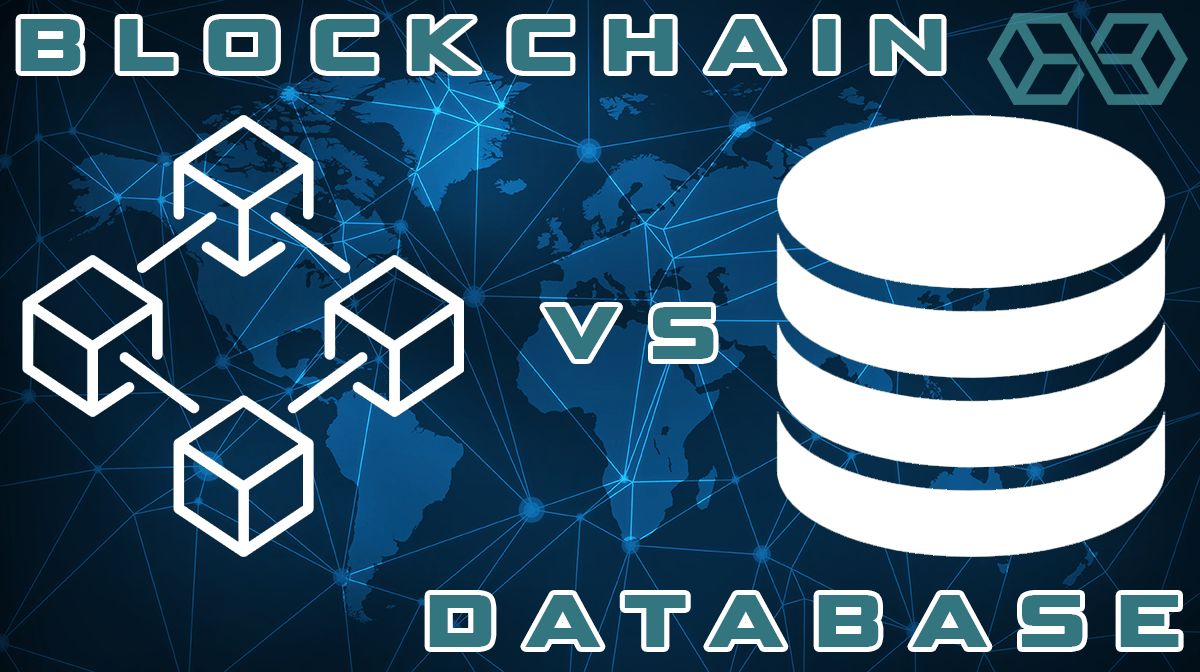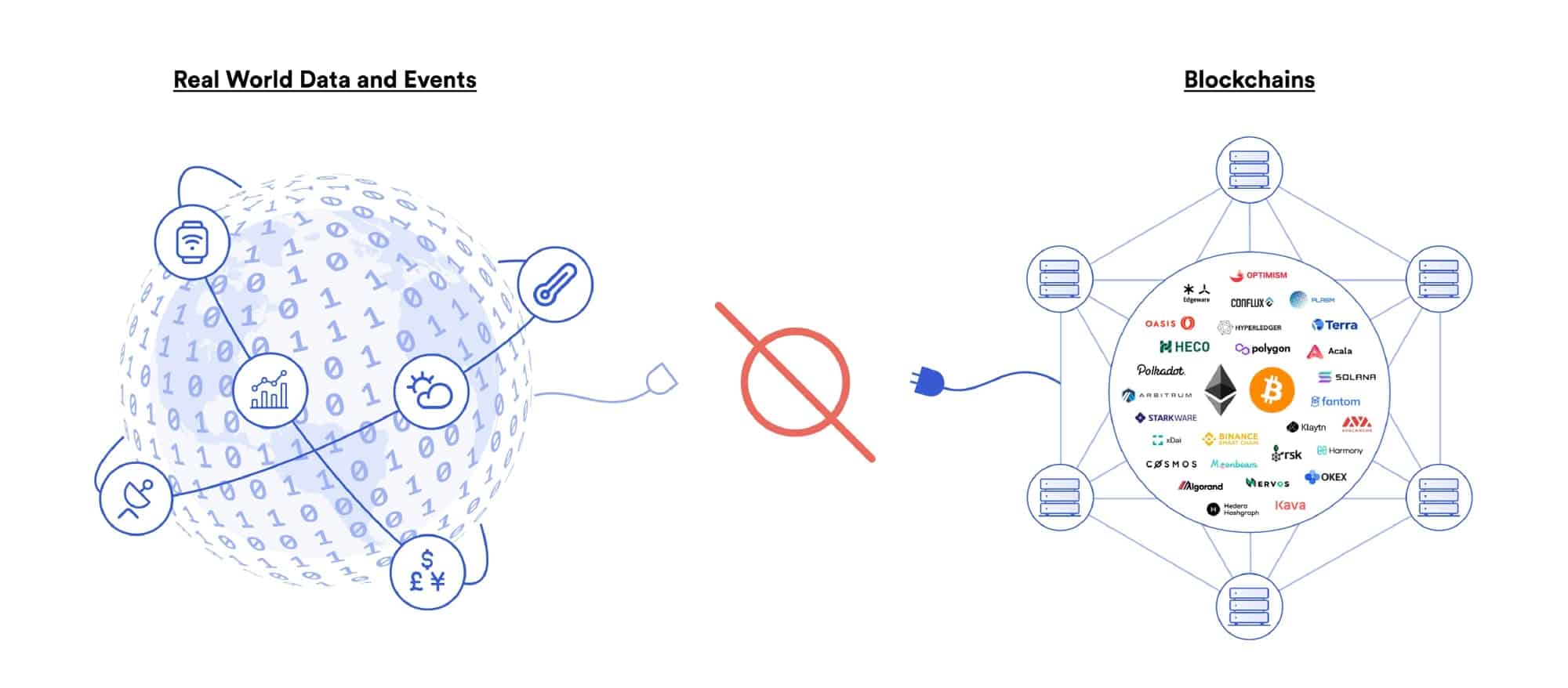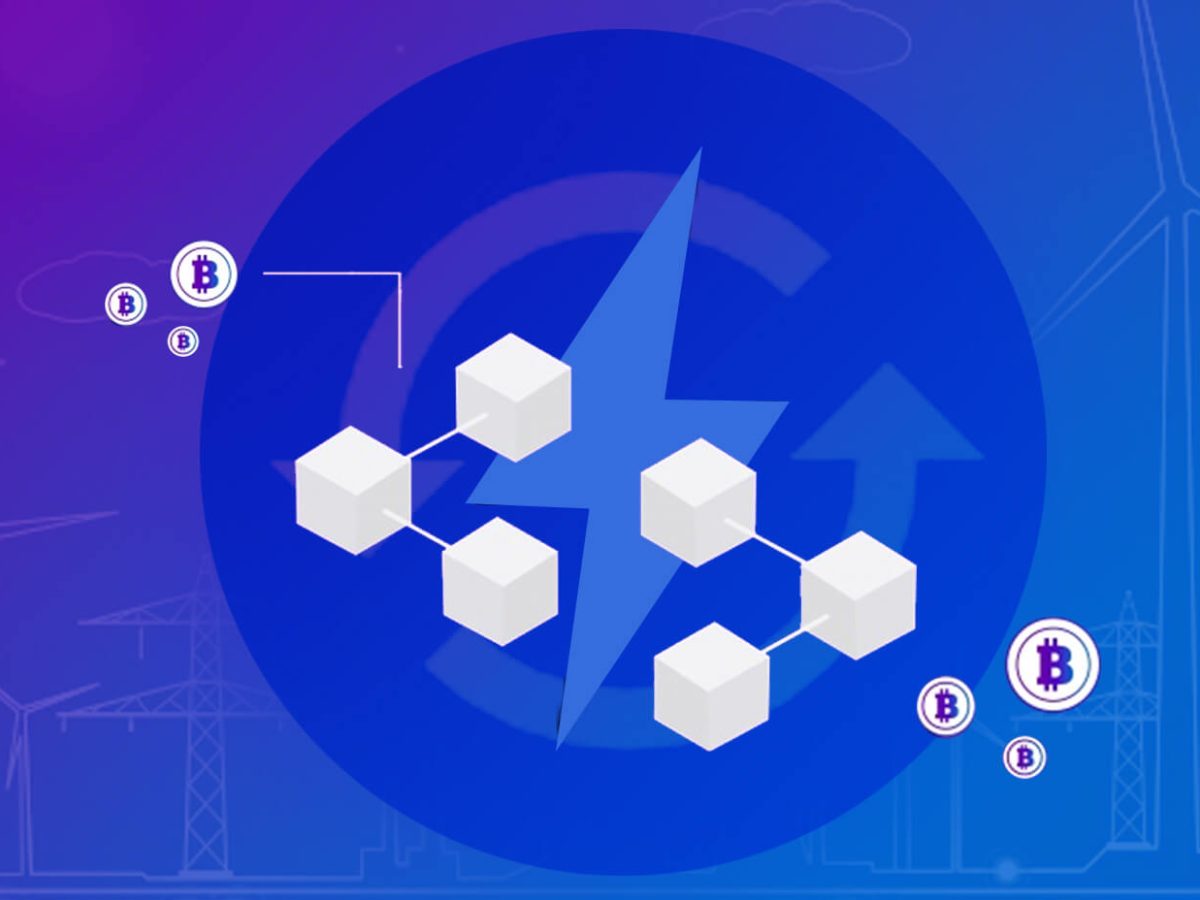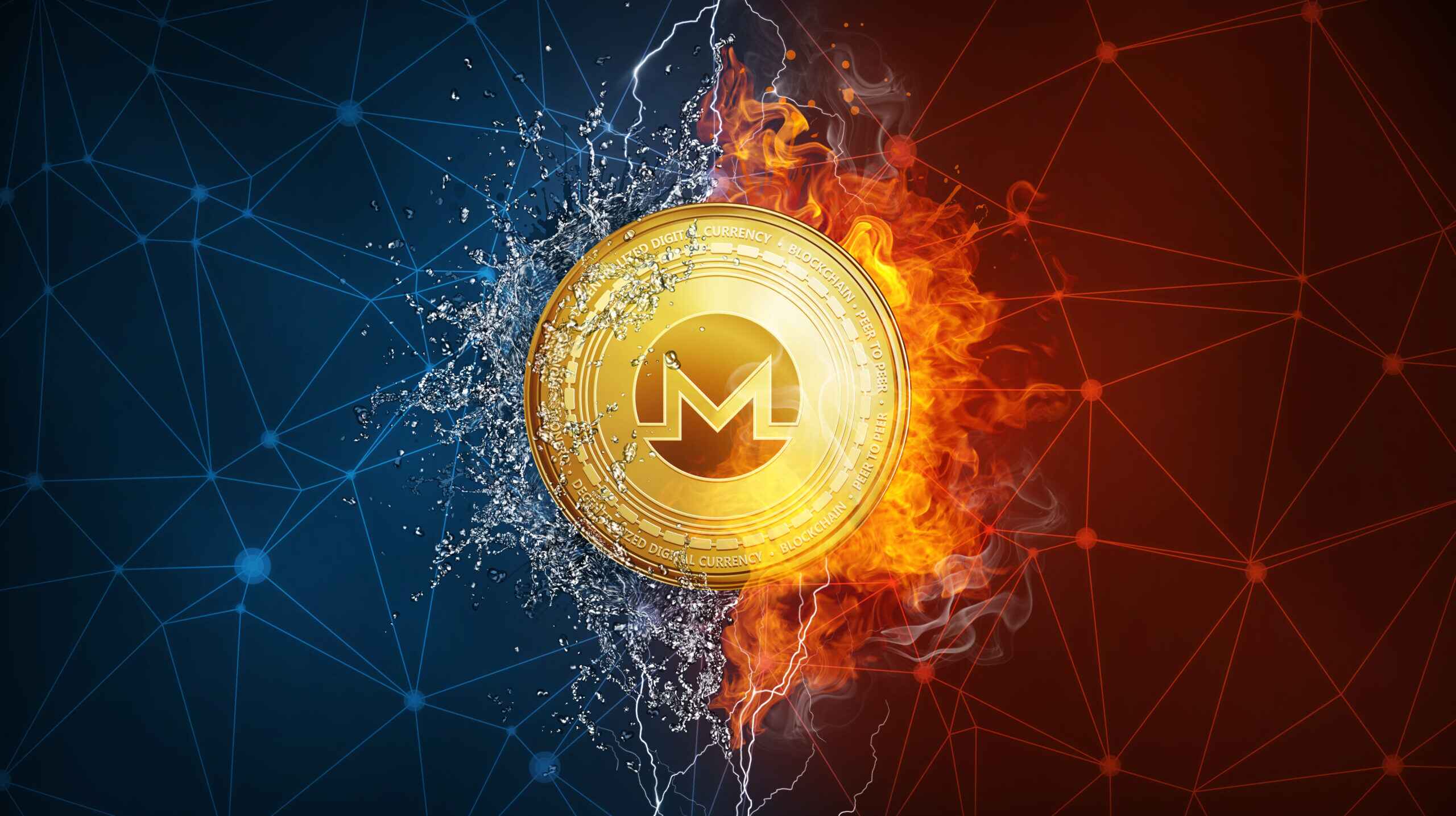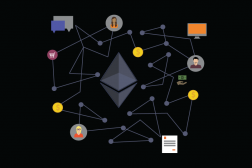Introduction
Welcome to the world of blockchain database! In this digital era where data is the new gold, the need for secure, transparent, and efficient systems to store and manage information is paramount. Blockchain technology has emerged as a groundbreaking solution that revolutionizes the way we handle data.
Blockchain has gained increasing popularity since the introduction of Bitcoin, the first cryptocurrency. However, its potential extends far beyond digital currencies. Blockchain provides a decentralized and distributed ledger that enables secure and transparent transactions without the need for intermediaries.
With its innovative features, blockchain is transforming industries across the board, from finance and supply chain management to healthcare and voting systems. But what exactly is blockchain, and how does it work? In this article, we will delve into the fundamental concepts of blockchain database, its benefits, use cases, and the challenges it faces.
So, grab your virtual pickaxe and let’s start digging into the world of blockchain database!
What Is Blockchain?
At its core, blockchain is a decentralized and distributed ledger that records transactions across multiple computers, creating a chain of blocks. Each block contains a list of transactions, timestamped and linked to the previous block, forming a chronological sequence. This structure ensures data immutability and transparency.
One of the key features of blockchain is its decentralization, which means that there is no central authority or governing body controlling the network. Instead, transactions are verified and validated by a network of participants, known as nodes, through a consensus mechanism. This ensures that no single entity has control over the entire system, making it more resistant to fraud or manipulation.
Another critical aspect of blockchain is its transparency. Once a transaction is recorded on the blockchain, it is visible to all participants in the network. This transparency enhances trust and accountability, as each participant can verify the authenticity of transactions and track the entire history of a specific asset or piece of information.
Blockchain technology relies heavily on cryptographic algorithms to secure the data stored within it. Each block is secured using a cryptographic hash function, which generates a unique digital fingerprint for the block. This hash, along with the hash of the previous block, forms the link between blocks, ensuring the integrity of the chain.
Furthermore, blockchain databases can be either public or private. Public blockchains, like Bitcoin and Ethereum, are open to anyone and allow anyone to join the network as a node. Private blockchains, on the other hand, restrict access to a specific group of participants, making them suitable for enterprises and organizations that require more control over their data.
In the next section, we will explore how blockchain works in more detail, delving into the mechanisms that ensure the security and immutability of the data stored within it.
How Does Blockchain Work?
Blockchain operates on four key principles: decentralization, consensus, immutability, and security. These principles work together to ensure the efficiency, transparency, and trustworthiness of the network.
Decentralization: In a blockchain network, there is no central authority or single point of failure. Instead, multiple nodes, or computers, participate in the network and maintain a copy of the blockchain. This decentralization enhances the resilience of the system, as it is not dependent on a single entity.
Consensus: To validate transactions and reach an agreement on the state of the blockchain, blockchain networks rely on consensus mechanisms. These mechanisms vary, but the most common one is proof-of-work (PoW), used in cryptocurrencies like Bitcoin. In PoW, participants compete to solve complex mathematical problems, and the first one to solve it gets to add the next block to the chain. This consensus mechanism ensures that a majority of nodes agree on the validity of transactions.
Immutability: Once a block is added to the blockchain, it is nearly impossible to alter or remove it. This is due to the cryptographic hash function used to secure the block. Any change to the data within the block would result in a different hash value, making it evident that the block has been tampered with. This immutability ensures the integrity of the blockchain, making it an excellent tool for storing sensitive records.
Security: Blockchain uses advanced cryptographic techniques to protect the data stored within it. The combination of cryptographic hashes, digital signatures, and public-key encryption ensures that transactions are secure and cannot be altered or forged. Additionally, the decentralized nature of blockchain makes it difficult for hackers to attack the entire network.
When a transaction occurs, it needs to be verified and added to a block. Once added, the block is linked to the previous block using its hash value, creating a chain. This chain of blocks forms the blockchain, providing a secure and transparent record of all transactions.
This process of adding new blocks to the blockchain is often called mining, as it involves solving computational puzzles. Miners, or participants in the network, compete to solve these puzzles, and the winner gets to add the block and receive a reward, usually in the form of cryptocurrency.
In the next section, we will explore what a blockchain database entails and the benefits it offers over traditional centralized databases.
What Is a Blockchain Database?
A blockchain database is a type of database that utilizes blockchain technology to store and manage data. Unlike traditional centralized databases, where data is stored and controlled by a single central authority, a blockchain database is decentralized and distributed across multiple nodes in a network.
Instead of relying on a single entity to maintain and validate the database, blockchain databases rely on a consensus mechanism in which multiple nodes agree on the validity of transactions and updates to the database. This decentralized nature enhances security, transparency, and trust in the system.
Each transaction in a blockchain database is stored in a block, which contains a set of data and a unique identifier called a cryptographic hash. The blocks are then linked together using these hashes, forming an immutable and transparent chain of data. This ensures that the data stored on the blockchain database is tamper-proof and cannot be altered without detection.
In addition to storing transactional data, blockchain databases can also store other types of information, such as smart contracts. Smart contracts are self-executing contracts with predefined rules and conditions. They can automate and enforce the terms of an agreement, eliminating the need for intermediaries and enhancing the efficiency of processes.
One of the key advantages of a blockchain database is its transparency. Since the data is distributed among multiple nodes, anyone with access to the network can view and verify the transactions recorded on the blockchain. This transparency fosters trust and accountability, as it allows for the auditing and verification of data without the need for third-party intermediaries.
Another significant benefit of a blockchain database is its security. The decentralized nature of the database makes it more resistant to hacking and tampering. With no single point of failure, hackers would need to compromise a majority of the nodes in the network to alter the data. Additionally, the use of cryptographic algorithms ensures that the data is encrypted and can only be accessed by authorized parties.
Blockchain databases also offer increased efficiency and cost-effectiveness compared to traditional databases. Since there is no need for intermediaries or complex reconciliation processes, transactions can be executed faster and at lower costs. Additionally, blockchain databases can eliminate the need for manual verification and reconciliation, streamlining and automating processes.
In the next section, we will explore the various benefits and use cases of blockchain databases across different industries.
The Benefits of Blockchain Database
Blockchain databases offer a wide range of benefits that make them attractive to industries looking for secure, transparent, and efficient ways to manage their data. Let’s explore some of the key advantages of using a blockchain database:
Enhanced Security: Blockchain databases use advanced cryptographic techniques to secure data. The decentralized nature of the database makes it more resilient to cyberattacks, as hackers would need to compromise a majority of the nodes in the network to alter the data. Additionally, the use of encryption ensures that data can only be accessed by authorized parties.
Transparency and Accountability: One of the primary features of a blockchain database is its transparency. Since the data is distributed across multiple nodes, anyone with access to the network can view and verify the transactions recorded on the blockchain. This transparency fosters trust and accountability, as it allows for the auditing and verification of data without the need for intermediaries.
Immutability: Blockchain databases provide immutability, meaning that once a transaction is recorded on the blockchain, it cannot be altered without detection. The use of cryptographic hashes and the linking of blocks ensures that any change to the data would result in a different hash value, alerting the network to potential tampering. This feature is especially valuable in fields that require secure and tamper-proof data storage.
Efficiency and Cost-effectiveness: Blockchain databases can streamline processes by eliminating the need for intermediaries and complex reconciliation procedures. Transactions can be executed faster and at lower costs, as the blockchain automates processes and eliminates manual verification and reconciliation. In addition, smart contracts on the blockchain allow for self-executing and automated agreements, further enhancing efficiency.
Decentralization and Resilience: With no central authority or single point of failure, blockchain databases are inherently decentralized and distributed. This decentralization enhances the resilience of the system, as it is not dependent on a single entity. Blockchain databases are less vulnerable to attacks and disruptions, making them a reliable solution for industries that require uninterrupted access to data.
Data Integrity and Trust: The immutability and transparency of blockchain databases ensure data integrity, making it a trusted source of information. Since the data is verified and agreed upon by multiple nodes through a consensus mechanism, it is difficult to introduce false or fraudulent information. This can be particularly beneficial in industries such as supply chain management and healthcare, where trust and accuracy are critical.
The benefits of blockchain databases are vast and extend to various industries. In the next section, we will explore some of the specific use cases where blockchain databases have been implemented successfully.
Use Cases of Blockchain Database
Blockchain databases have found numerous applications across various industries, proving their versatility and potential to revolutionize existing systems. Let’s explore some of the notable use cases where blockchain databases have been implemented:
Financial Services: Blockchain databases have made significant strides in the financial industry. They offer faster, more secure, and cost-effective solutions for cross-border payments and remittances. Blockchain’s ability to eliminate intermediaries and provide real-time transactions has the potential to revolutionize traditional banking systems and enhance financial inclusion.
Supply Chain Management: The transparency and traceability of blockchain databases make them ideal for supply chain management. Blockchain can verify and track the entire lifecycle of a product, from its origin to its delivery. This ensures transparency, reduces fraud, enhances product authenticity, and improves efficiency by minimizing paperwork and reconciliation processes.
Healthcare: The healthcare industry can benefit greatly from blockchain databases. They can securely store patients’ medical records, ensuring data privacy and reducing the risk of medical errors or fraud. Blockchain can also facilitate sharing medical research and enable secure interoperability between different healthcare providers, improving patient care and streamlining processes.
Voting Systems: Blockchain databases offer a tamper-proof solution for voting systems. They can provide transparent and immutable records of votes, eliminating the possibility of duplicate votes or tampering. By ensuring the integrity and transparency of the voting process, blockchain-based voting systems can enhance trust and strengthen democracy.
Real Estate: Blockchain databases can revolutionize the real estate industry by providing a transparent and secure platform for property transactions. Blockchain can streamline the buying and selling process by eliminating the need for intermediaries, reducing paperwork, and ensuring accurate property records. Smart contracts can automate processes such as property transfers, payments, and escrow agreements.
Intellectual Property: The immutability and transparency of blockchain databases can help protect intellectual property rights. Blockchain can establish proof-of-existence, allowing creators to timestamp their work and prove ownership. This can be particularly valuable in industries such as art, music, and digital content, where piracy and copyright infringement are prevalent.
These are just a few examples of the many use cases for blockchain databases. The underlying technology has the potential to transform industries by providing secure, transparent, and efficient solutions that enhance trust, accountability, and efficiency. As blockchain continues to evolve, we can expect to see even more innovative applications across various sectors.
Challenges and Limitations of Blockchain Database
While blockchain databases offer numerous benefits, they also face certain challenges and limitations that need to be addressed for widespread adoption. Let’s explore some of the key challenges associated with blockchain databases:
Scalability: One of the primary challenges of blockchain databases is scalability. As the number of transactions and participants increases, the size of the blockchain grows, slowing down the network and increasing storage requirements. Currently, most public blockchains have limited transaction processing capabilities, hindering their ability to handle large-scale applications.
Energy Consumption: Another significant concern associated with blockchain databases is their high energy consumption. Proof-of-work (PoW), the consensus mechanism used by many public blockchains, requires substantial computational power and energy consumption, leading to environmental concerns. The search for more energy-efficient consensus mechanisms, such as proof-of-stake (PoS) and proof-of-authority (PoA), is ongoing.
Regulatory and Legal Compliance: Blockchain databases often operate in a regulatory gray area, as existing laws and regulations may not account for the unique characteristics of the technology. Compliance with data privacy regulations, identity verification, and anti-money laundering (AML) measures can be challenging to achieve in a decentralized and public blockchain network.
Interoperability: Interoperability between different blockchain networks and traditional systems remains a challenge. Integrating blockchain with existing infrastructure requires standardized protocols and frameworks. The lack of interoperability limits the ability to share data and collaborate seamlessly between different blockchain platforms.
User Experience: Blockchain technology, particularly in its current form, can be complex for non-technical users. The user experience of interacting with blockchain-based applications and wallets needs improvement to drive mainstream adoption. Enhanced user interfaces and simplified processes are crucial for making blockchain databases more accessible to a wider audience.
Cost: Implementing and maintaining a blockchain database can be expensive, particularly for organizations with limited resources. The costs associated with infrastructure, development, security, and training can be significant barriers to adoption, particularly for small and medium-sized enterprises.
Governance and Consensus: The decentralized nature of blockchain databases presents challenges in terms of governance and decision-making. Consensus mechanisms that determine how changes and upgrades to the blockchain are made may lead to conflicts of interest or the concentration of power among a few entities. Achieving a balance between decentralization and effective decision-making remains a significant challenge.
Despite these challenges, ongoing research, development, and innovation in the blockchain space aim to address these limitations and unlock the full potential of blockchain databases. As the technology evolves, we can expect to see solutions emerging to overcome these challenges and drive wider adoption.
Conclusion
Blockchain databases have emerged as a transformative technology with the potential to revolutionize the way we store, manage, and secure data. The decentralized and transparent nature of blockchain offers numerous benefits, including enhanced security, transparency, efficiency, and trust.
As we have explored in this article, blockchain technology has found applications in various industries, such as finance, supply chain management, healthcare, voting systems, real estate, and intellectual property. By leveraging the power of blockchain, these industries can streamline processes, reduce costs, and increase trust and accountability.
However, blockchain databases are not without their challenges. Scalability, energy consumption, regulatory compliance, interoperability, user experience, cost, and governance are areas that need attention and improvement for wider adoption. The ongoing research and development in the blockchain space aim to address these limitations and create a more robust and user-friendly ecosystem.
Despite the challenges, the potential of blockchain technology is immense. As more organizations and industries recognize the benefits and overcome the hurdles, we can expect to see increased adoption and integration of blockchain databases into our everyday lives.
Whether it be facilitating secure and efficient financial transactions, revolutionizing supply chain management, or ensuring transparent voting systems, blockchain databases are reshaping the way we store and manage data. The journey to harness the full potential of blockchain is just beginning, and the possibilities are endless.







